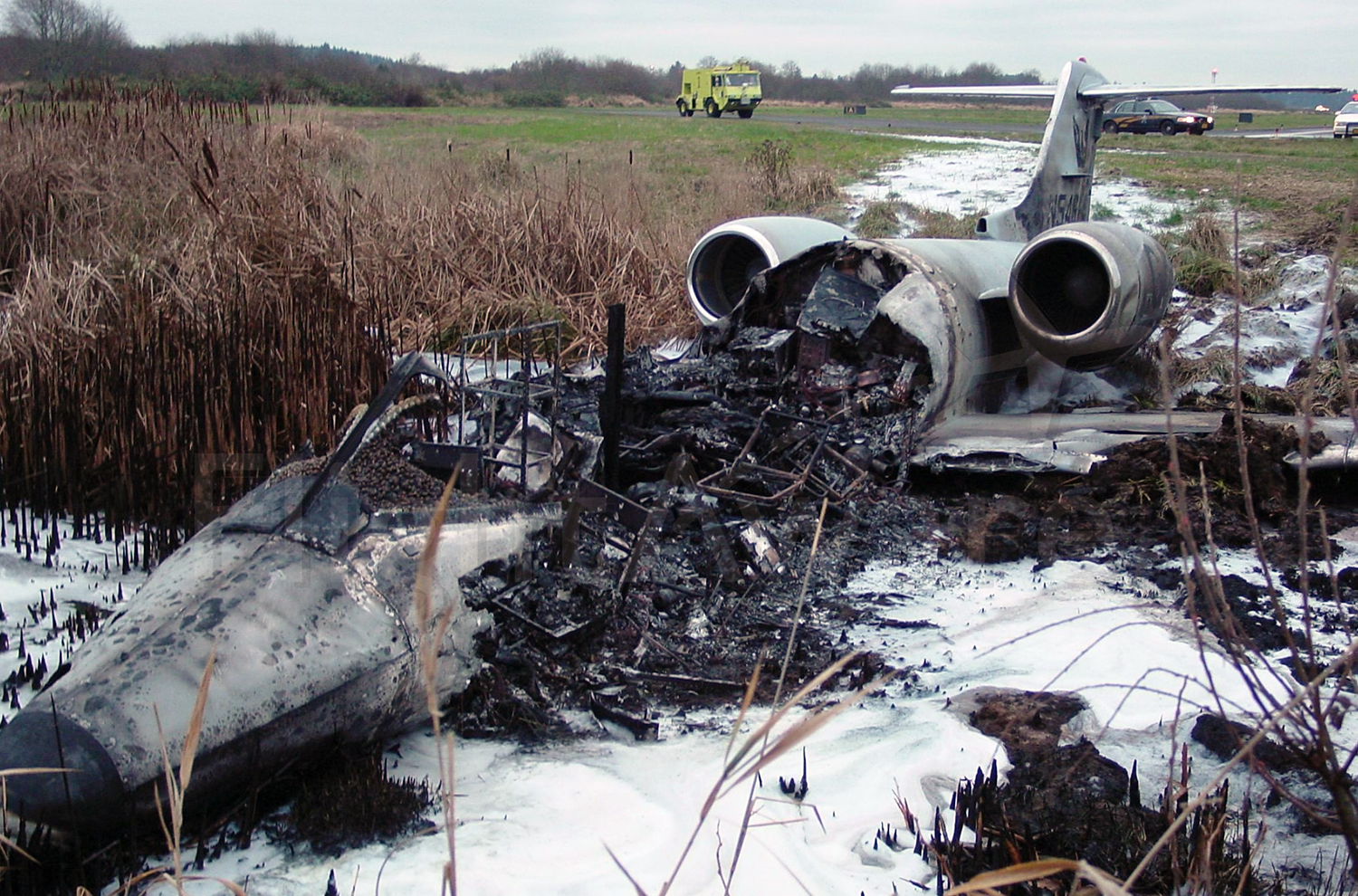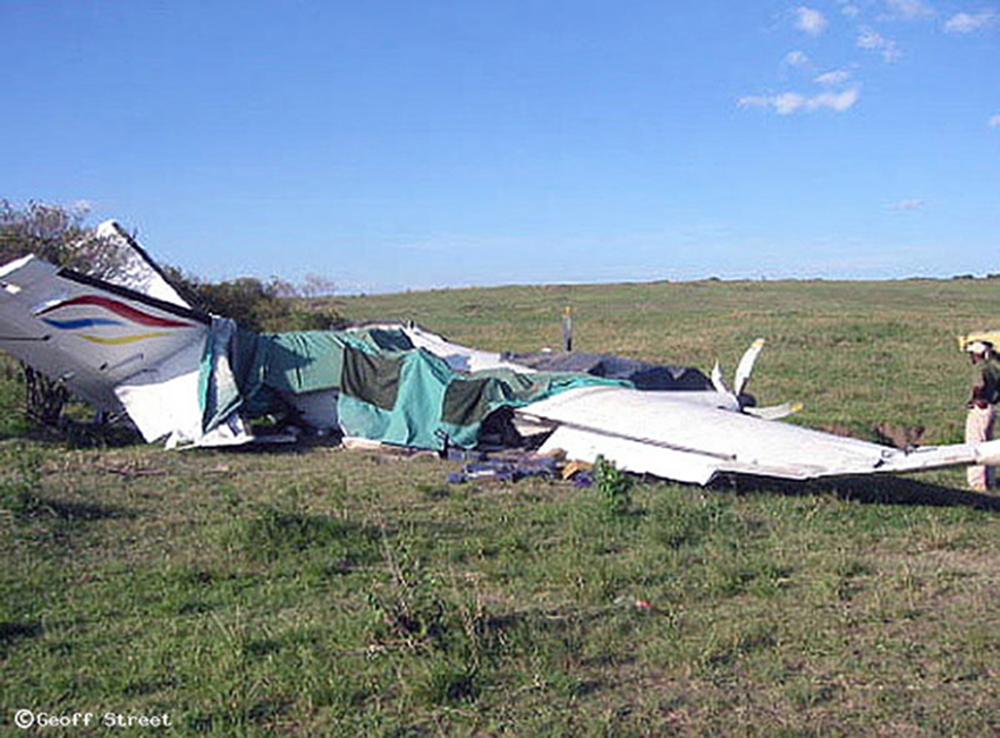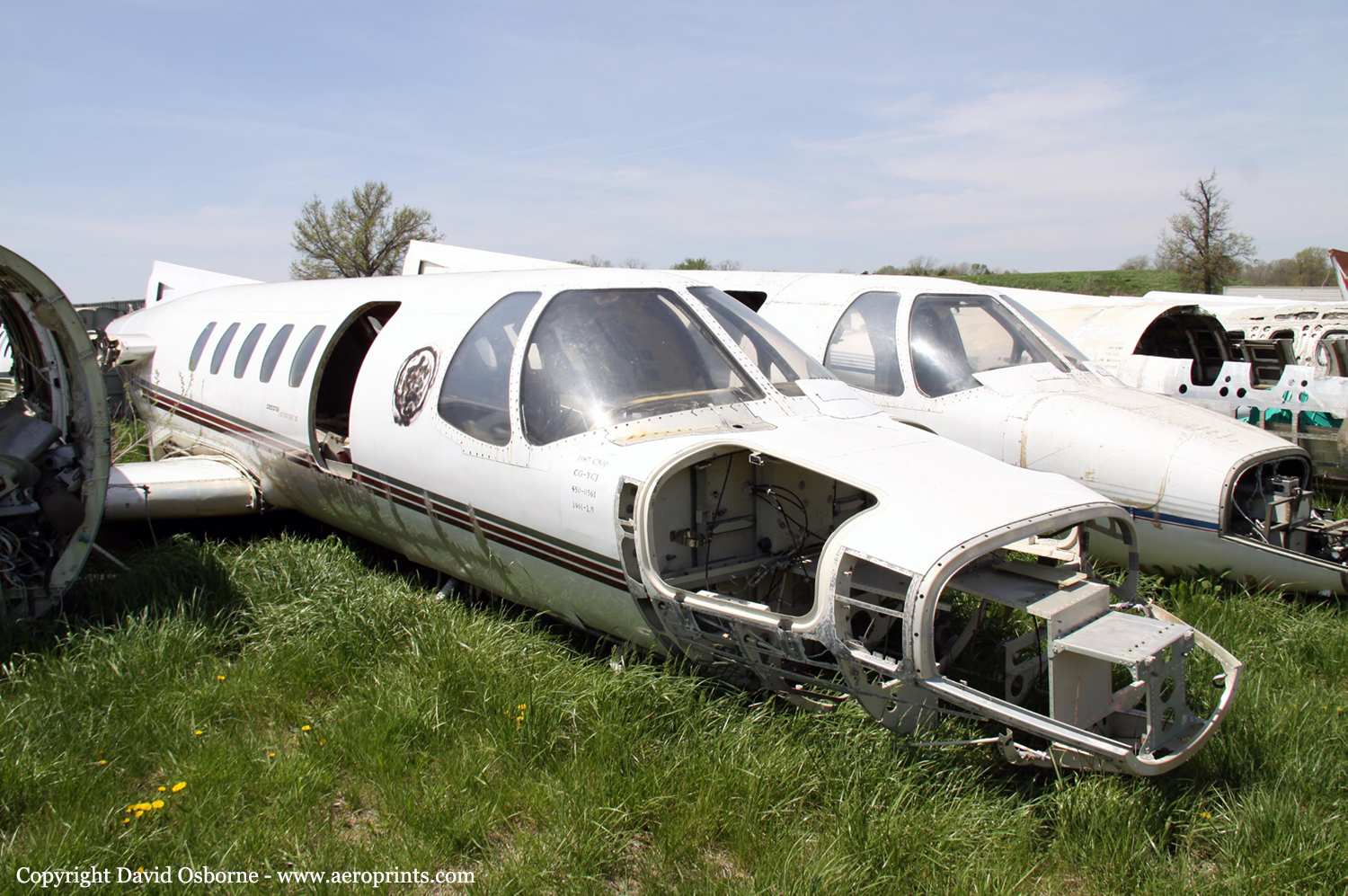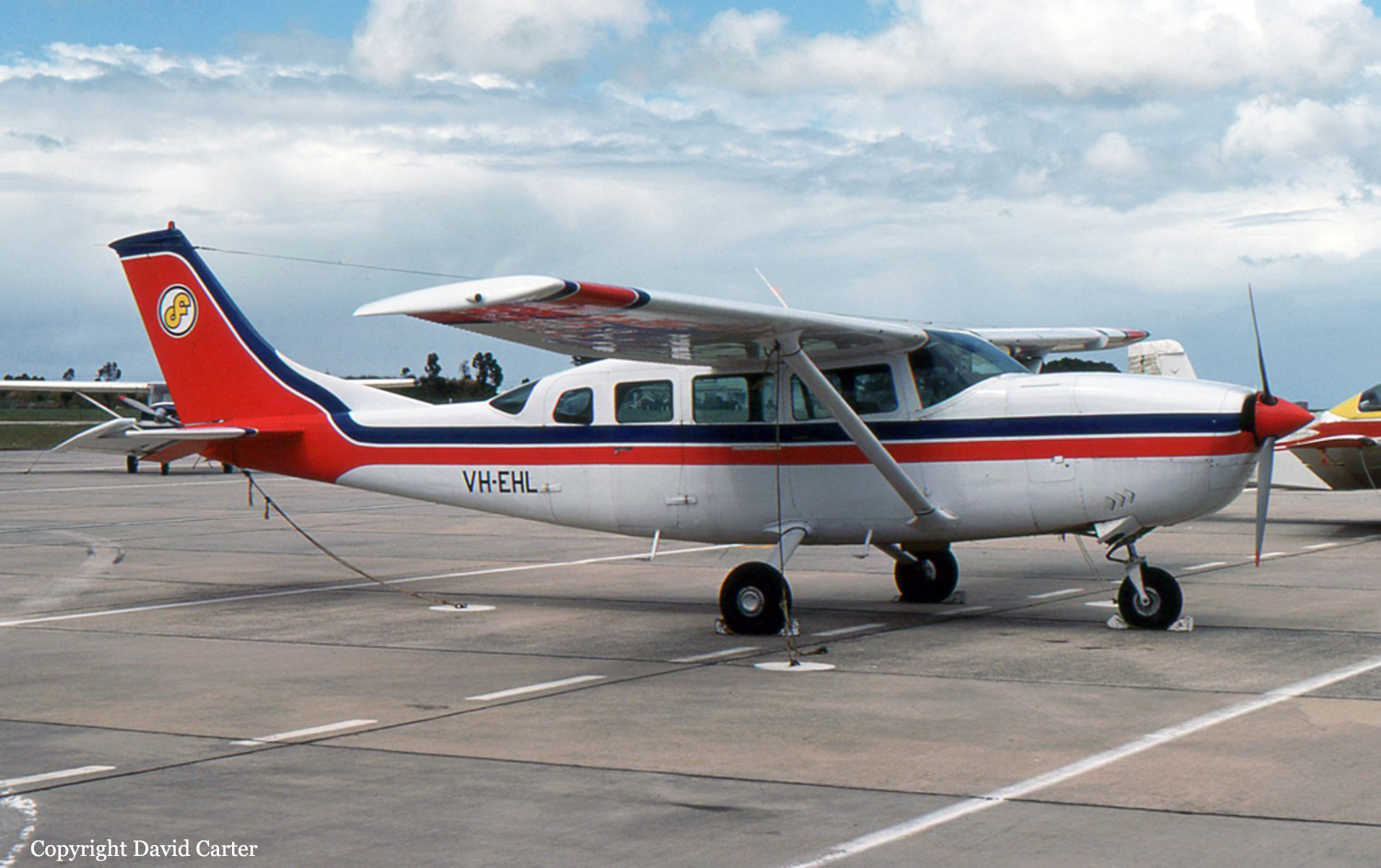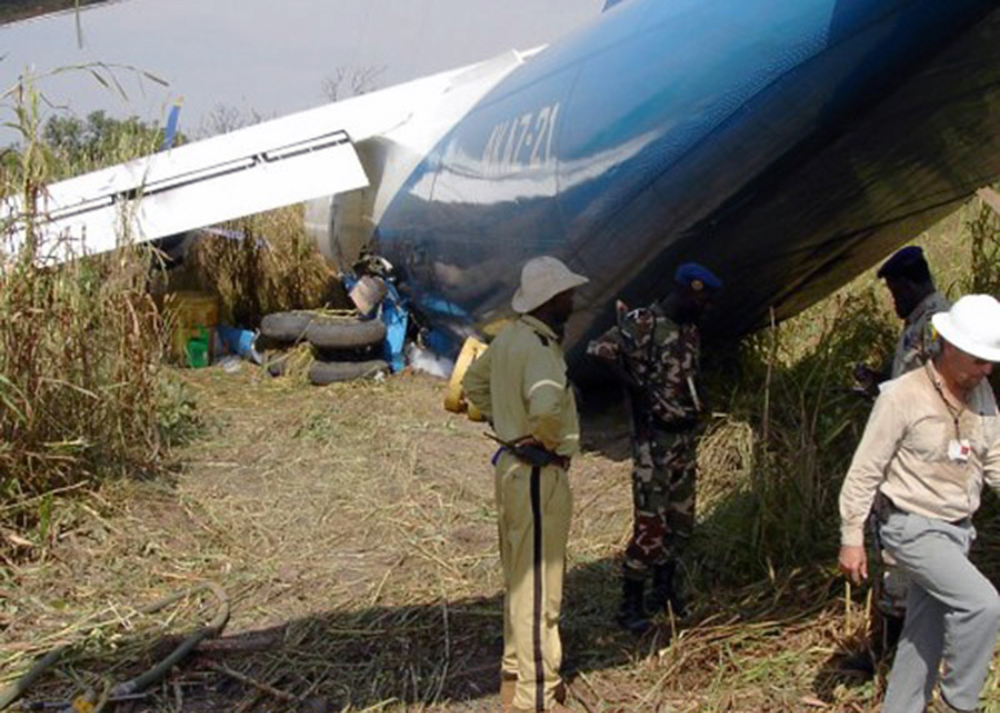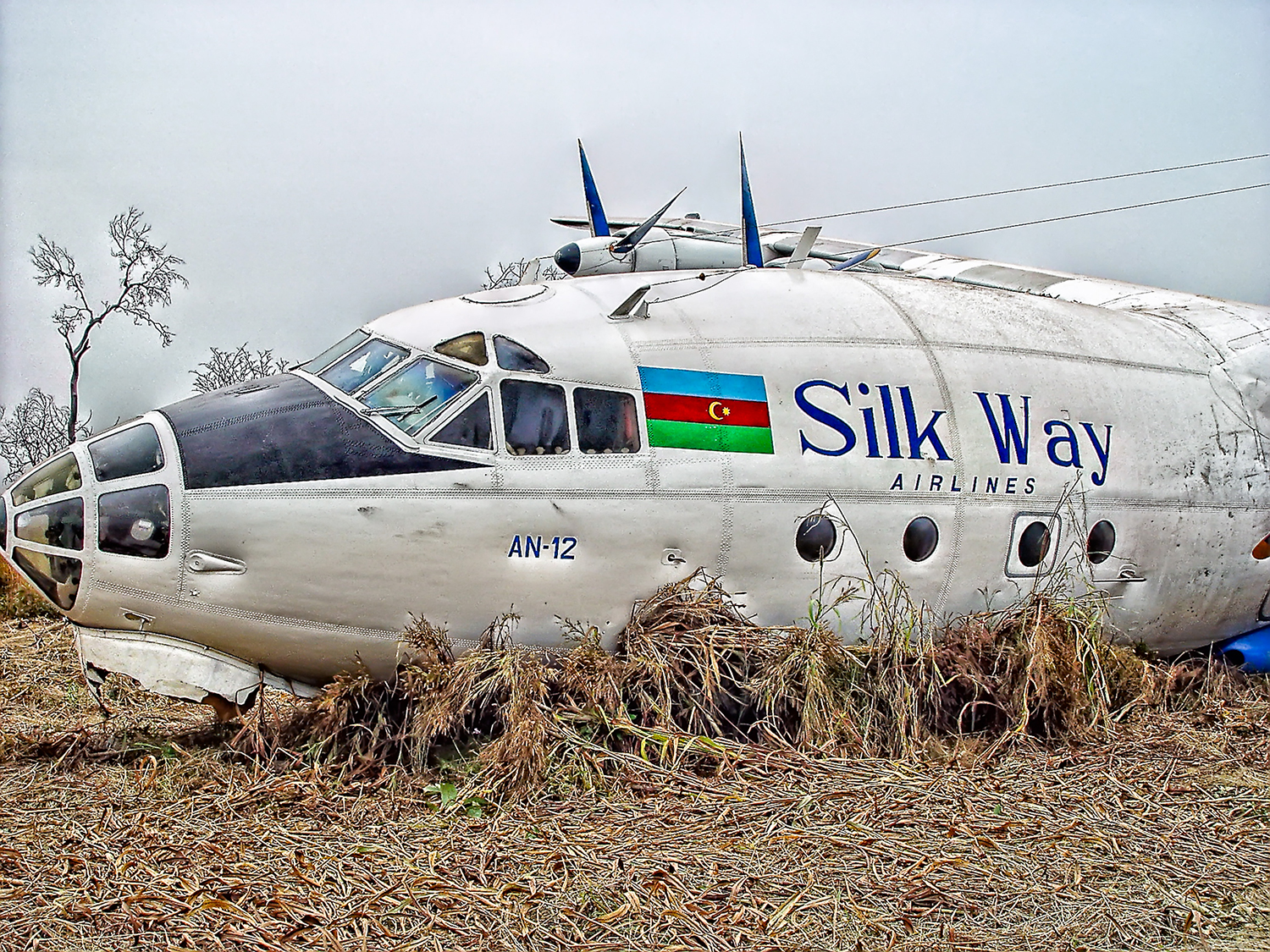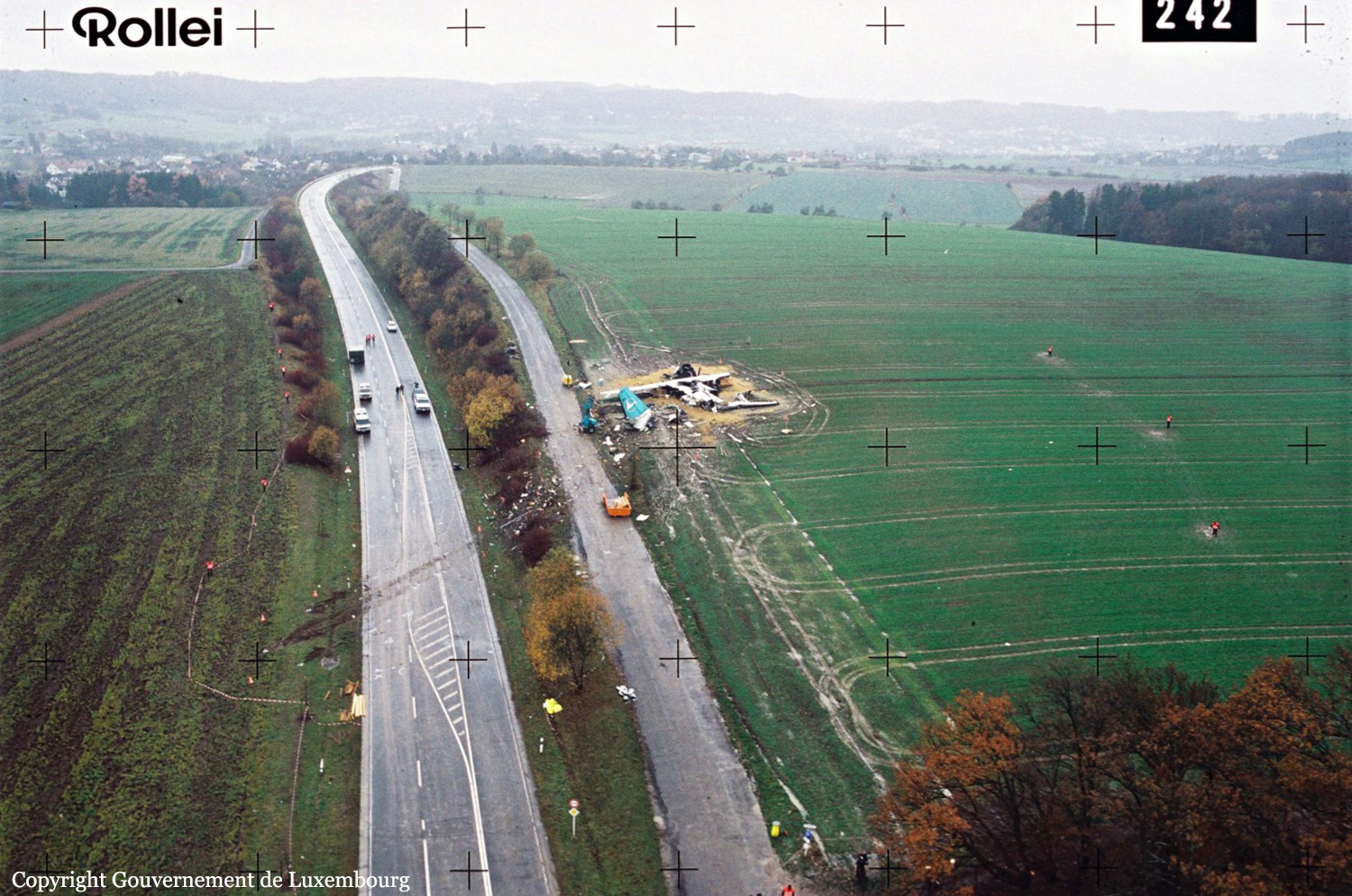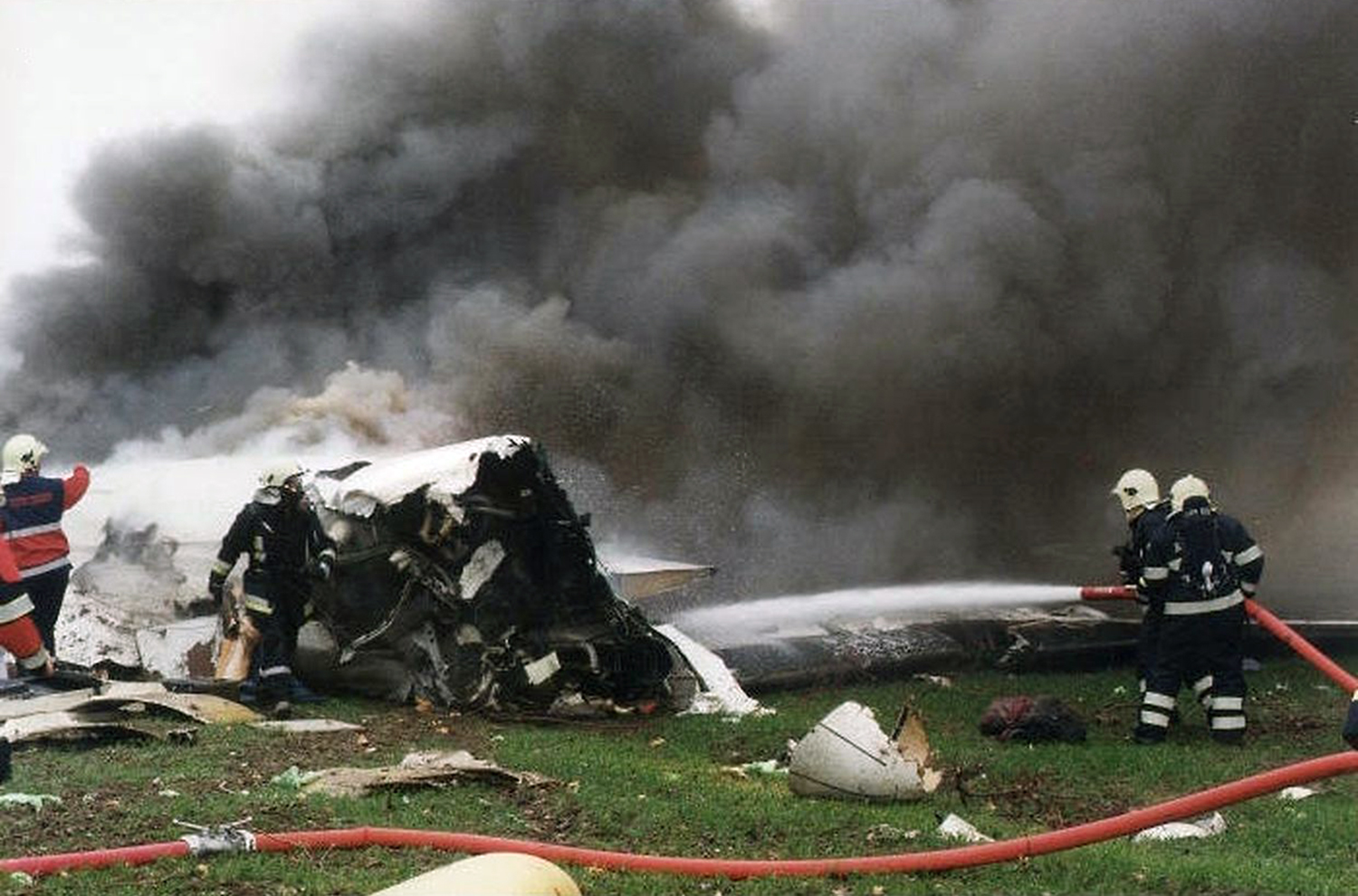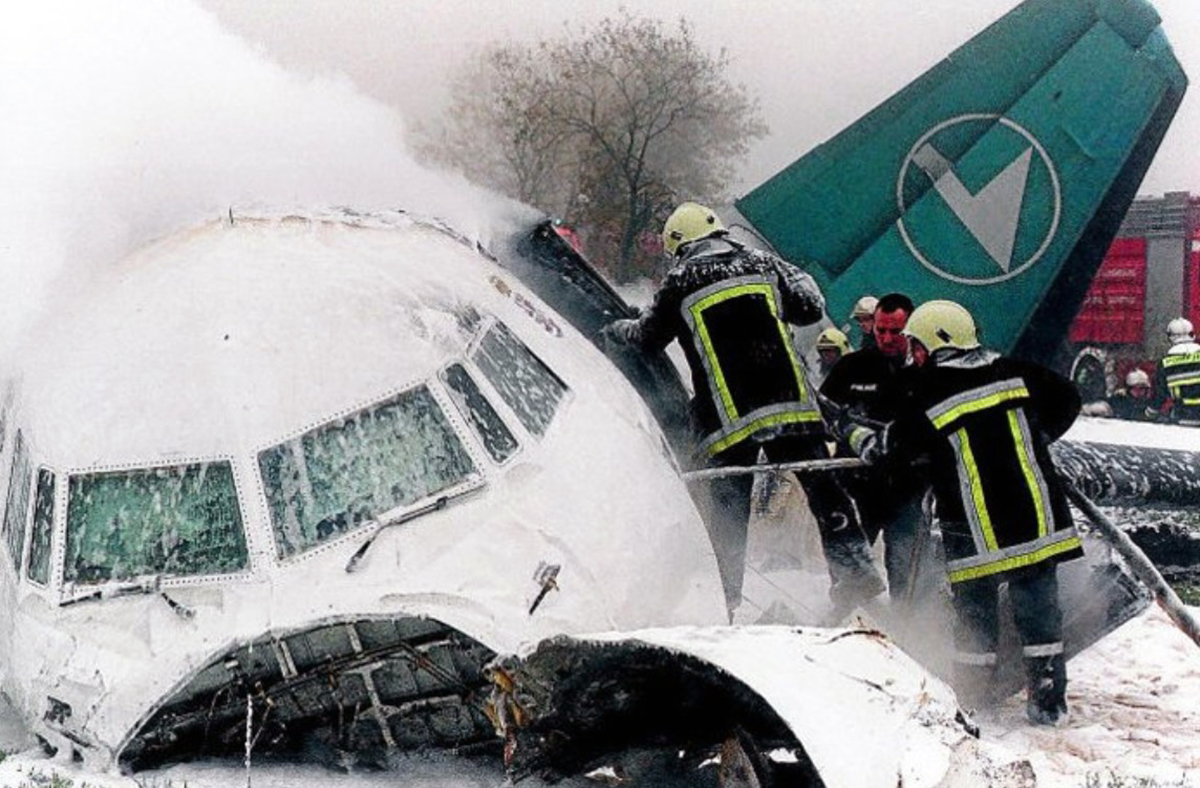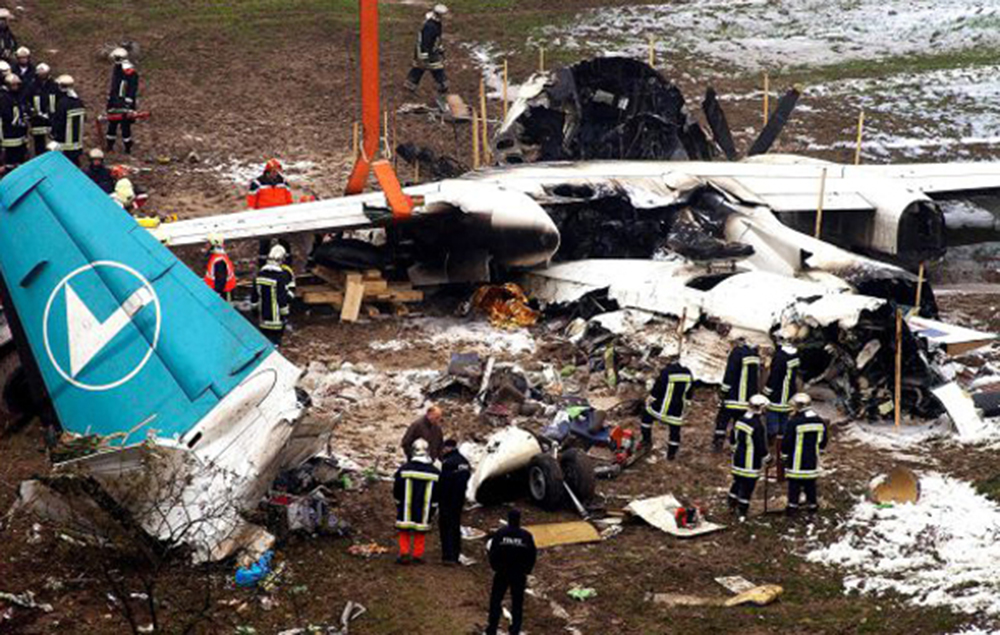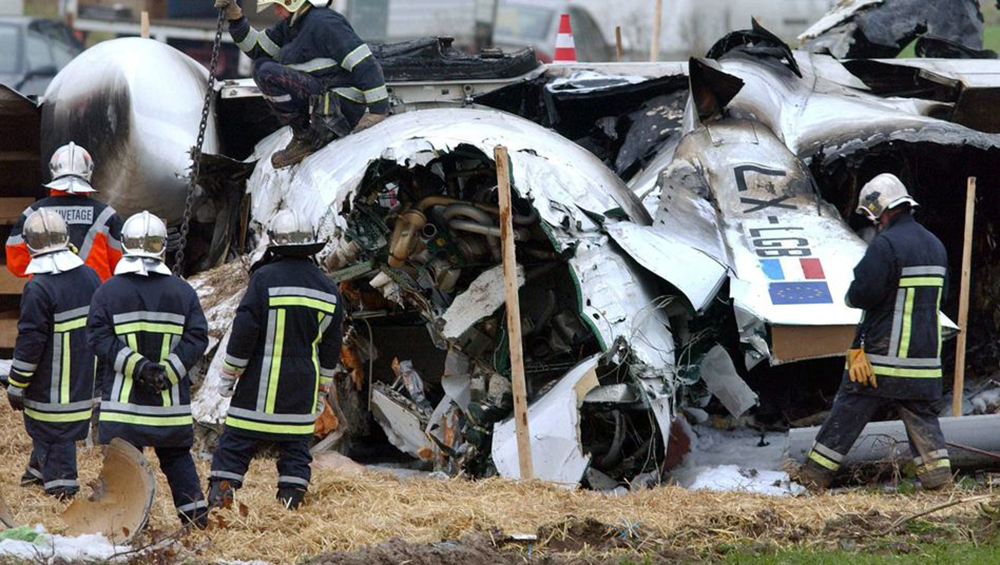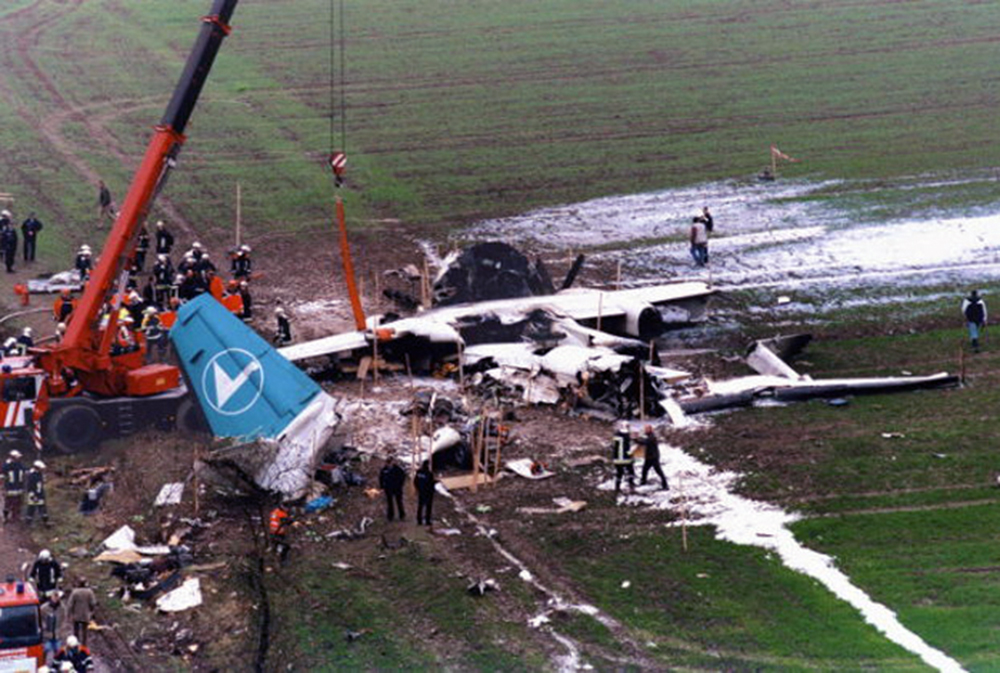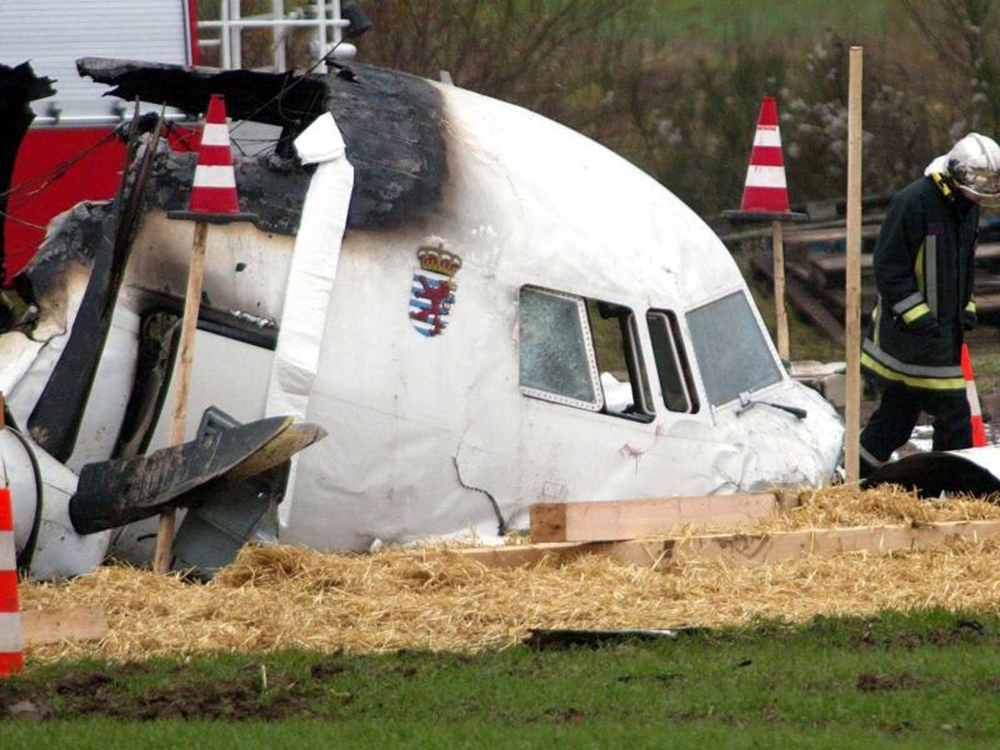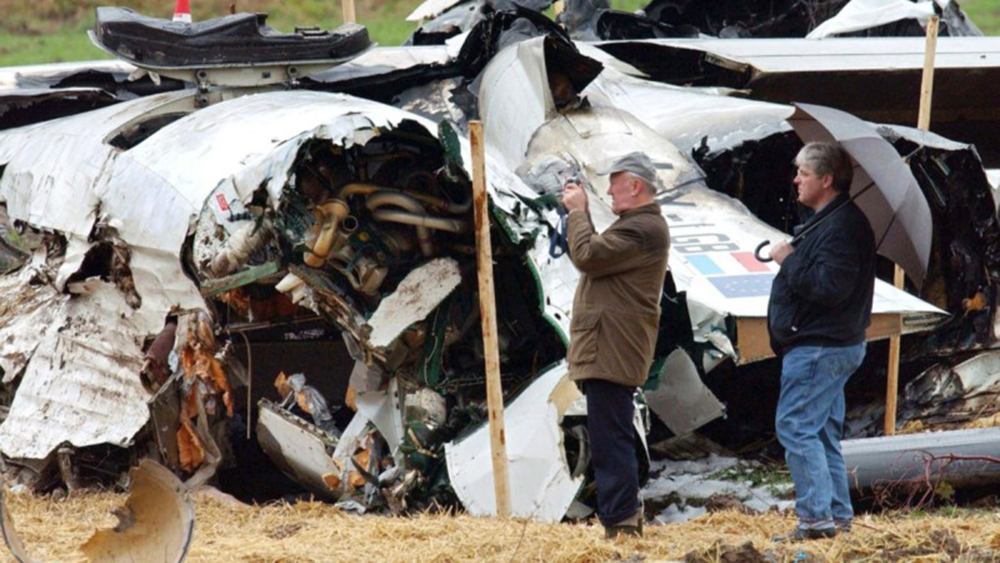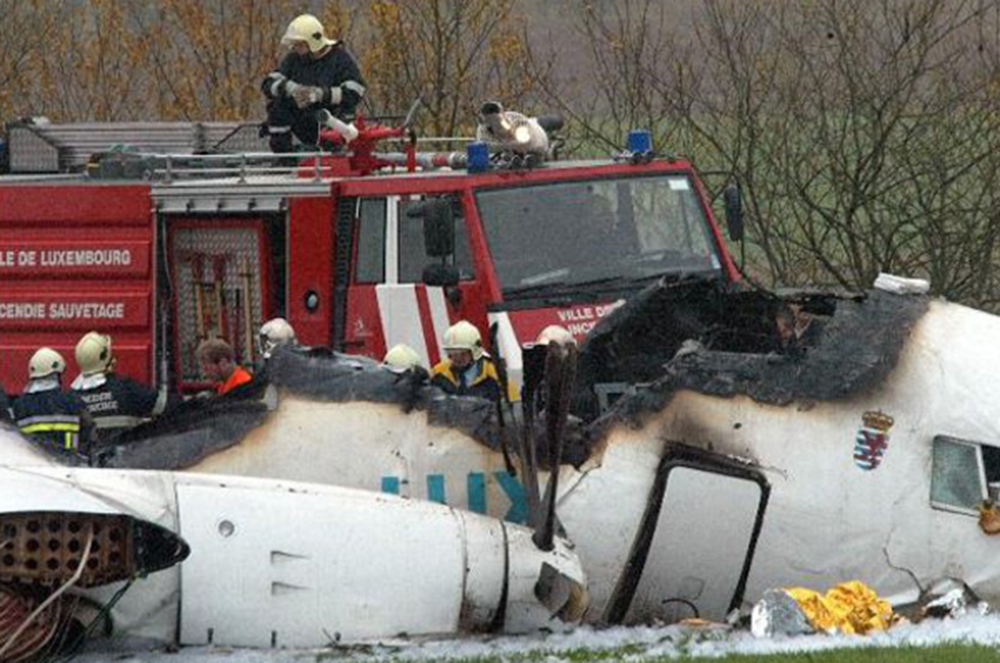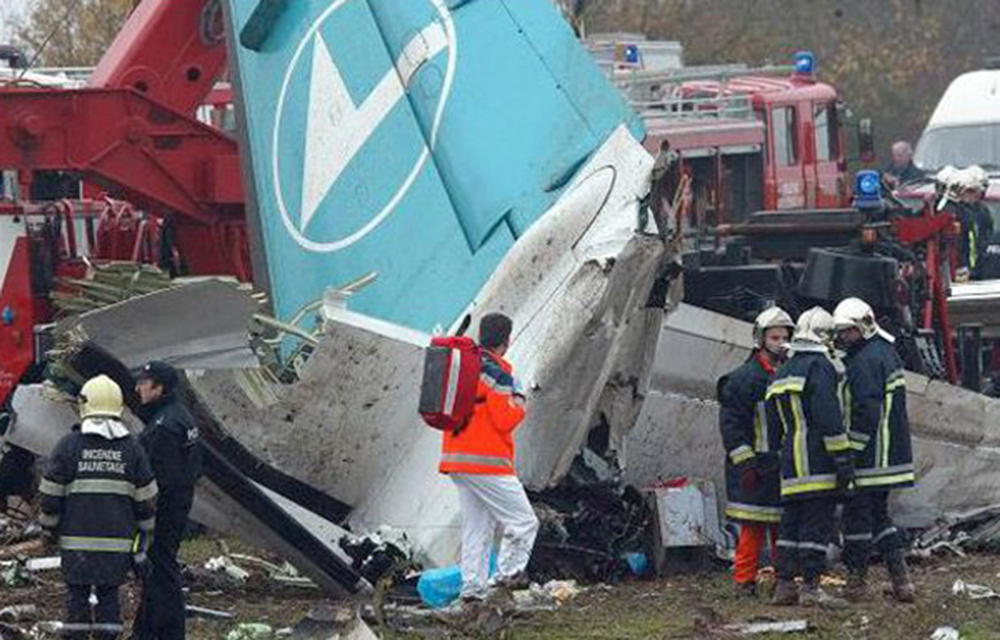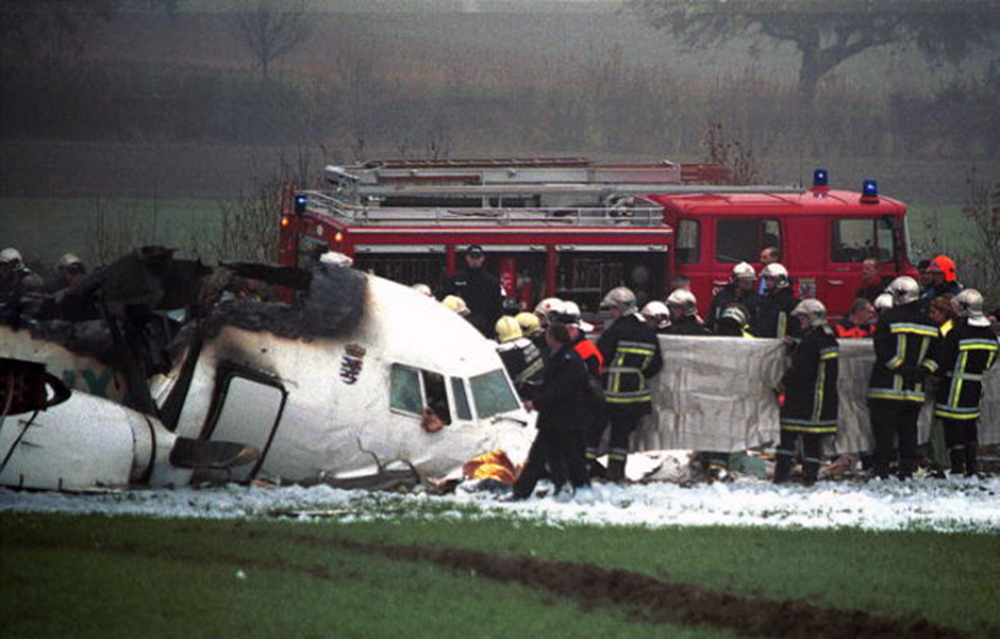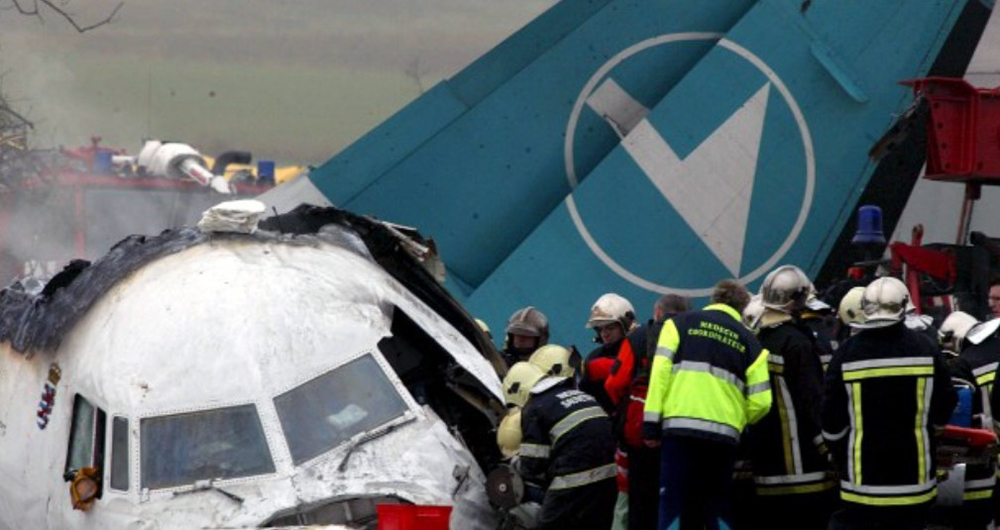Crash of a Learjet 36A in Astoria
Date & Time:
Dec 3, 2002 at 0612 LT
Registration:
N546PA
Survivors:
Yes
Schedule:
Astoria - Astoria
MSN:
36-045
YOM:
1980
Crew on board:
2
Crew fatalities:
Pax on board:
2
Pax fatalities:
Other fatalities:
Total fatalities:
0
Captain / Total hours on type:
2350.00
Copilot / Total hours on type:
920
Aircraft flight hours:
12335
Circumstances:
The pilot (PIC) reported that during acceleration for takeoff (approximately V1 [takeoff decision speed]) the airplane collided with an elk. The PIC reported that after the collision, he applied wheel brakes and deployed the airplane's drag chute, however, the airplane continued off the departure end of the runway. The airplane came to rest in a marshy bog approximately 50 feet beyond the departure threshold. Currently, approximately 15,000 feet of the airport's perimeter is bordered with animal control fence. The airport recently received a FAA Aviation Improvement Program (AIP) Grant that will provide funding for an additional 9,000-feet of fence. Airport officials stated that the fencing project should be completed by summer of 2003. At the completion of the project, game control fencing will encompass the entire airport perimeter. The U.S. Government Airport/Facilities Directory (A/FD) contains the following remarks for the Astoria Regional Airport: "Herds of elk on and in the vicinity of airport..."
Probable cause:
Collision with an elk during the takeoff roll. Factors include dark night VFR conditions.
Final Report:

